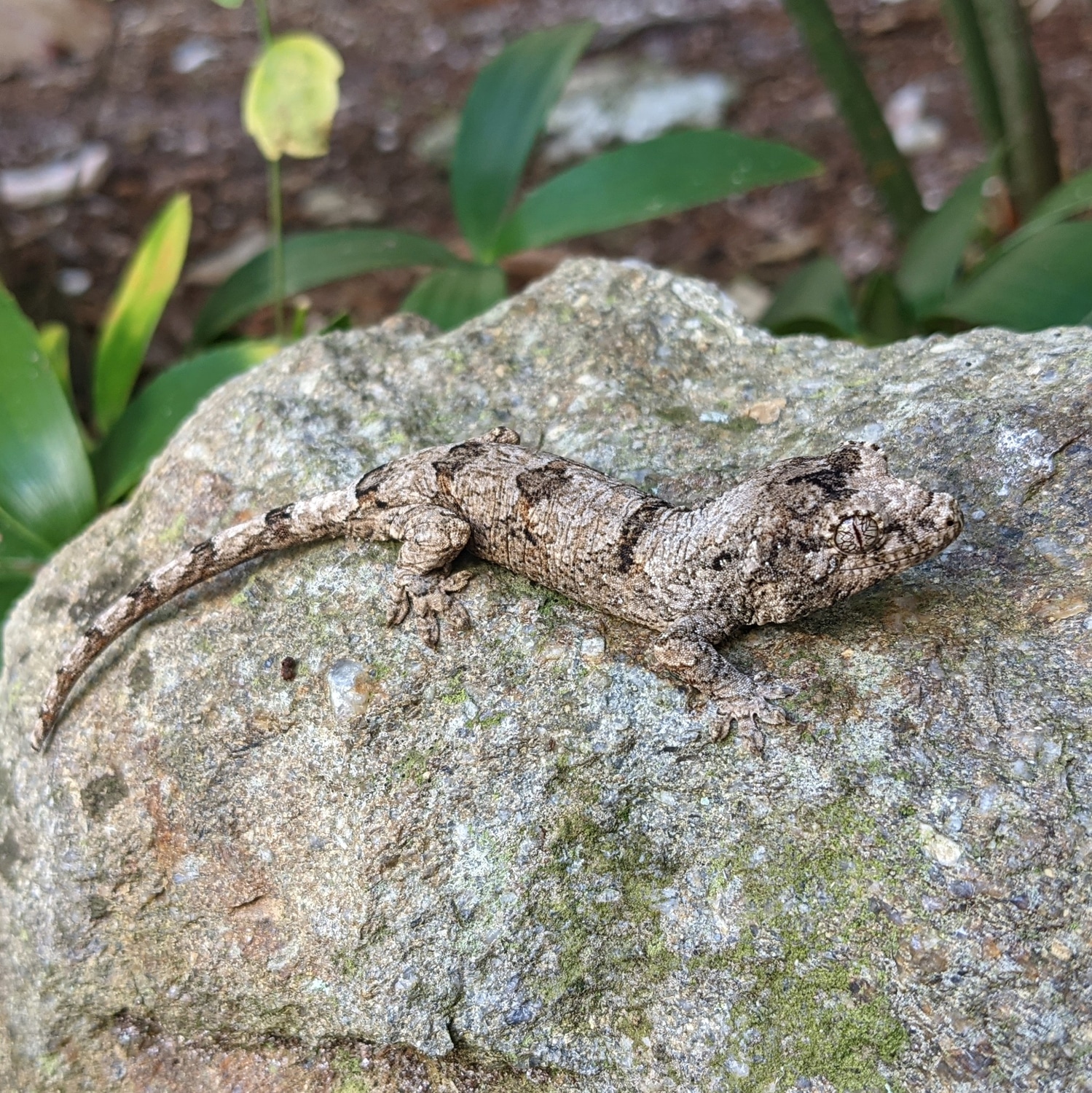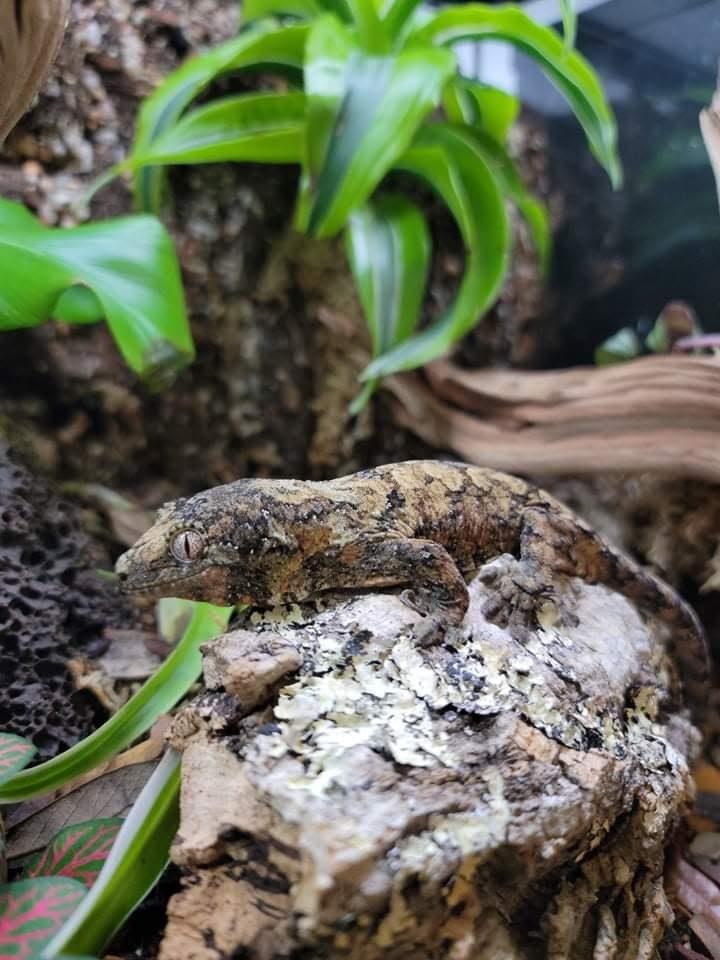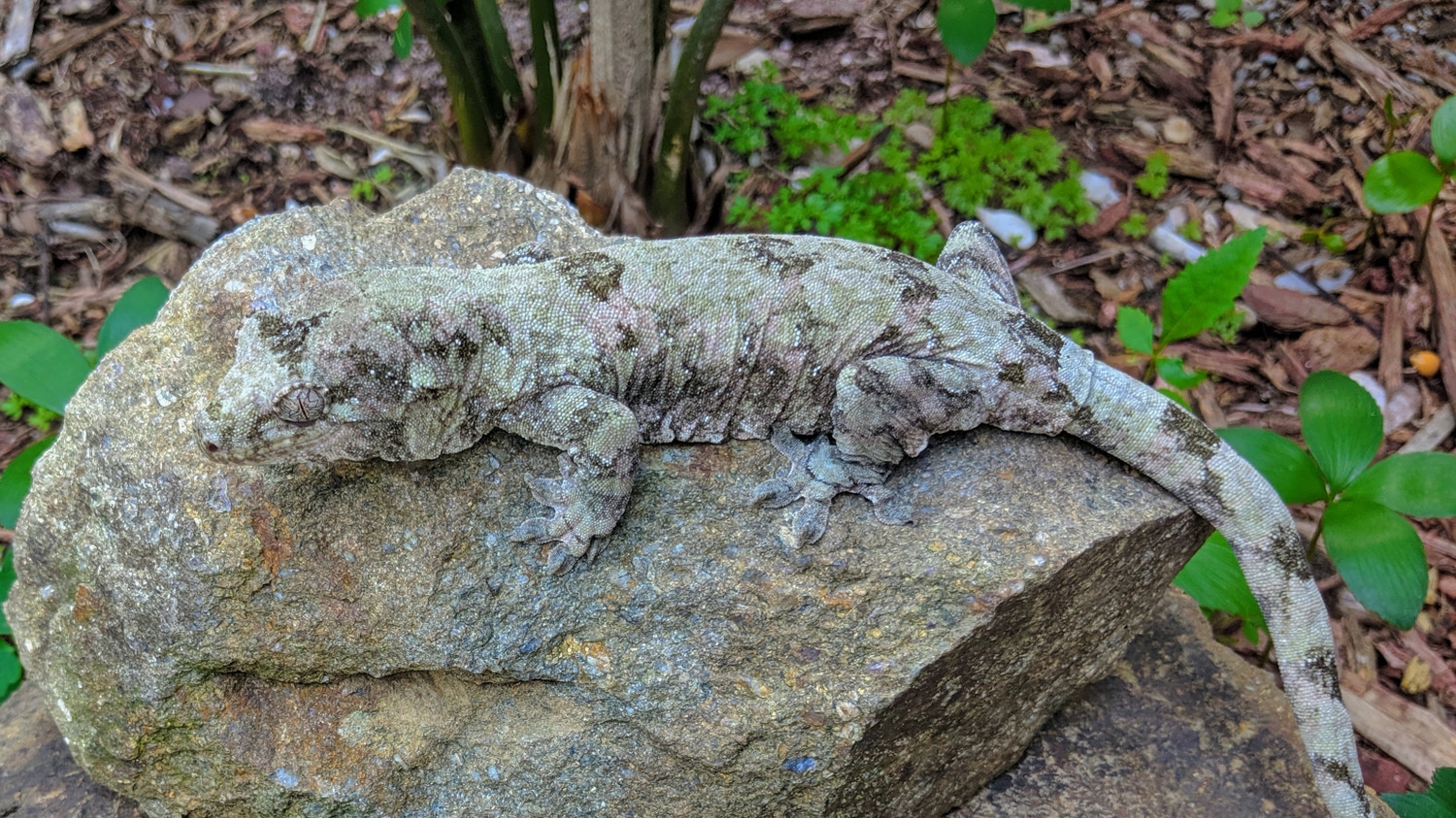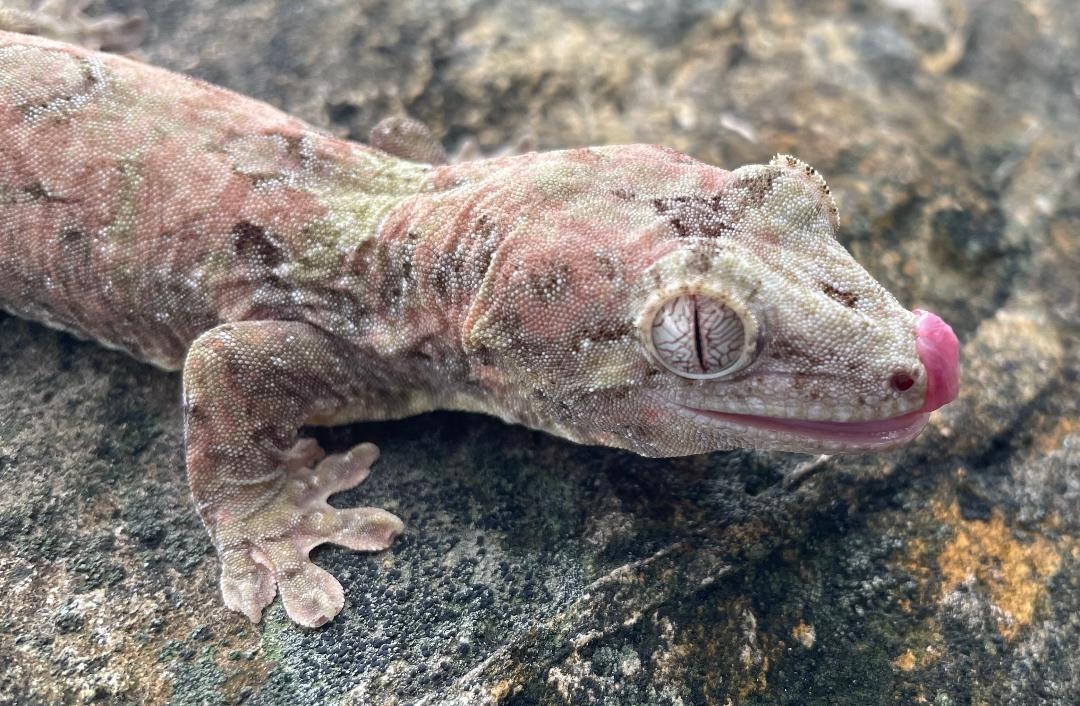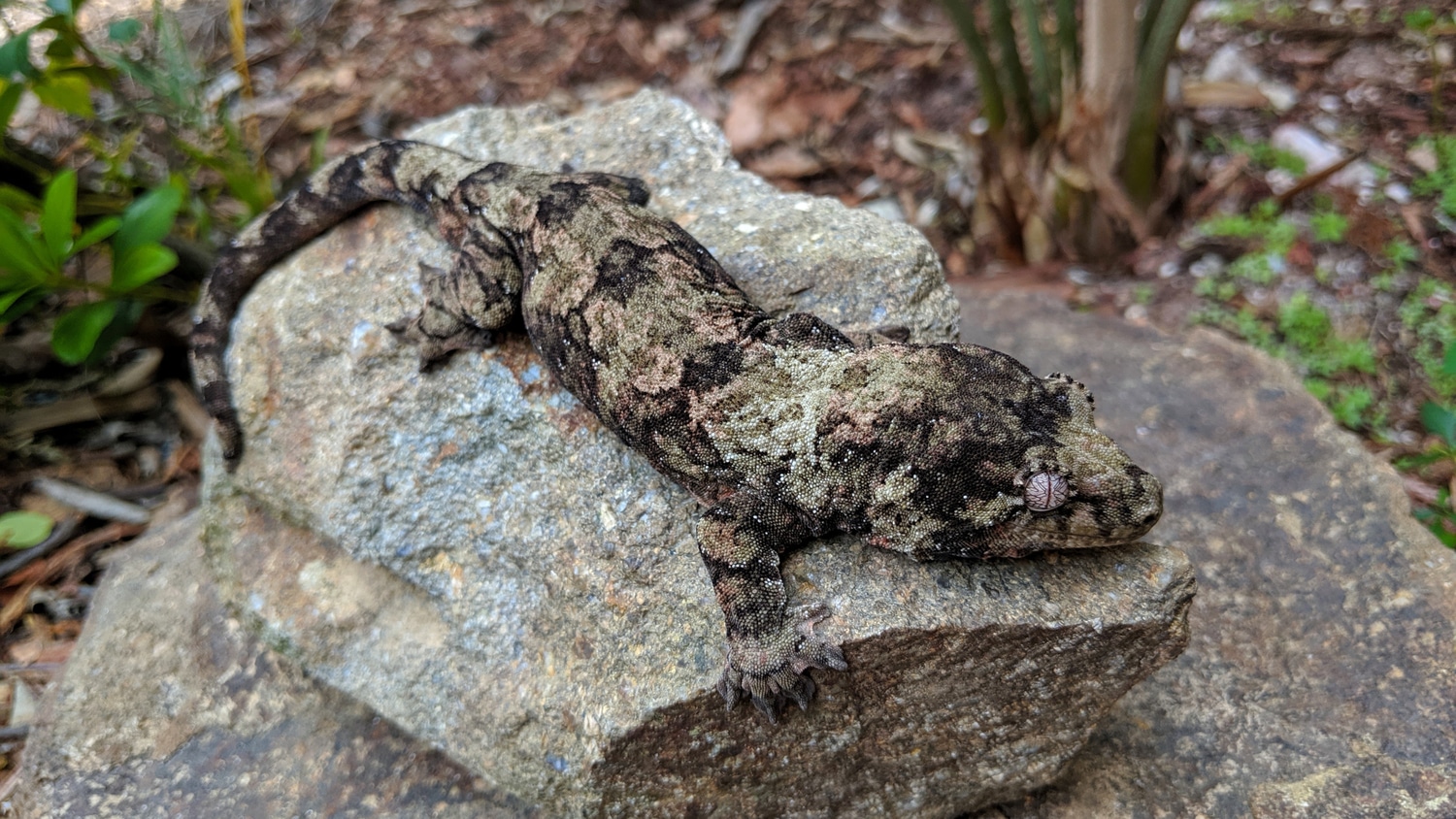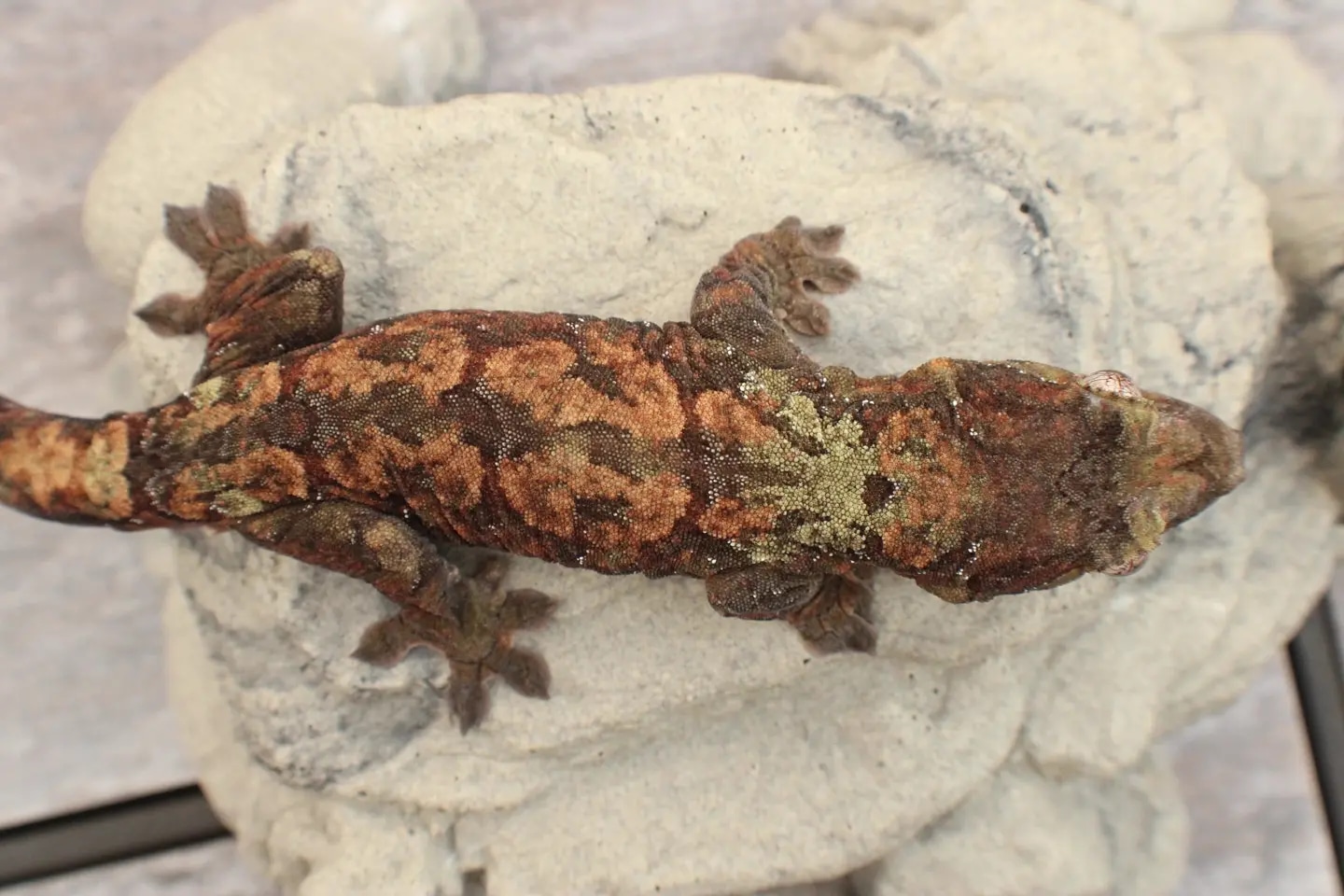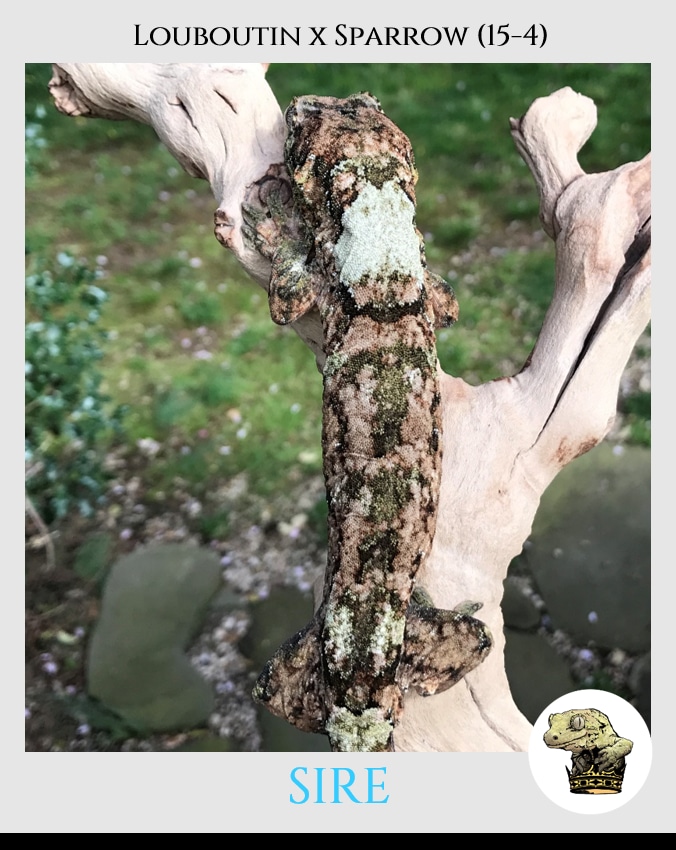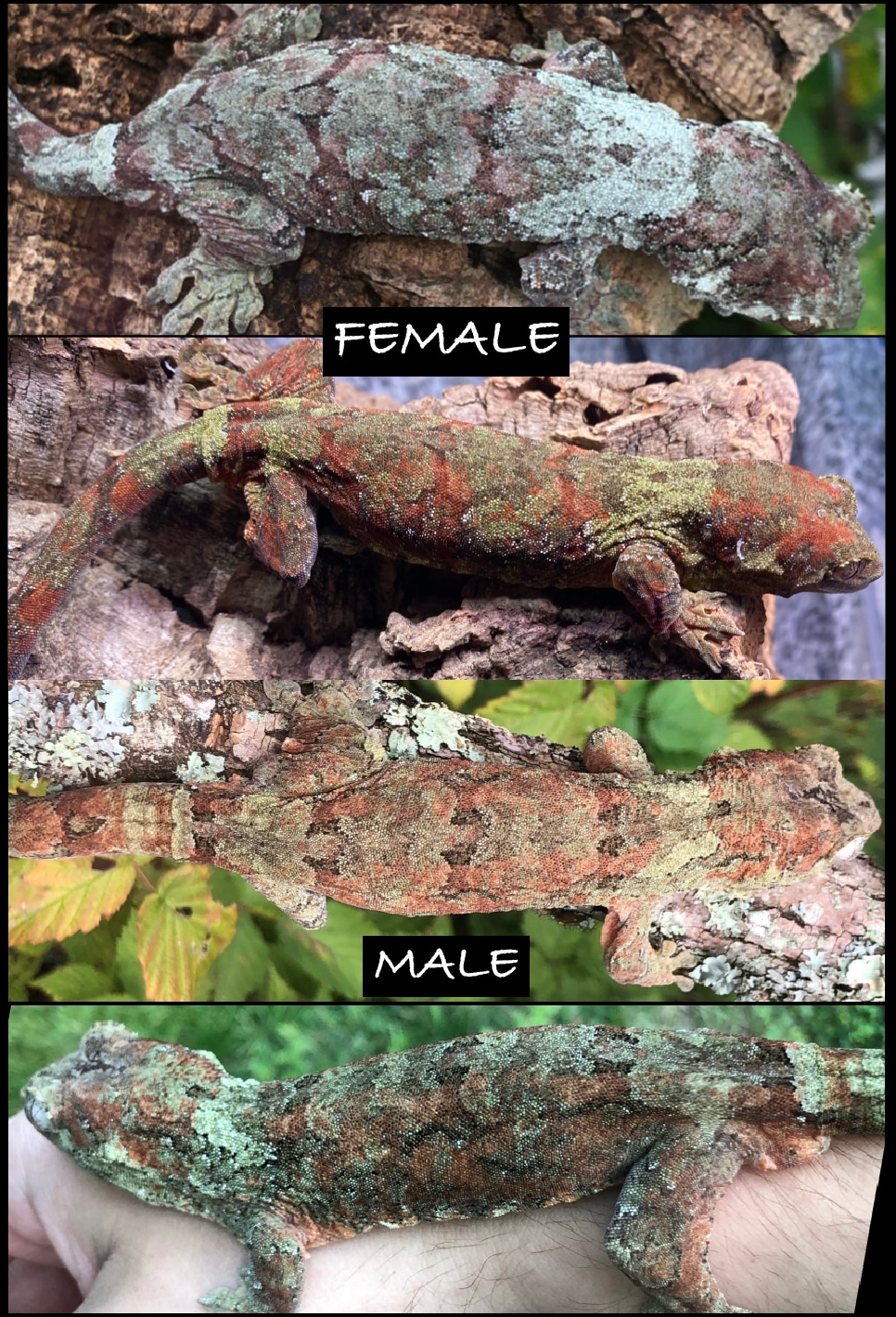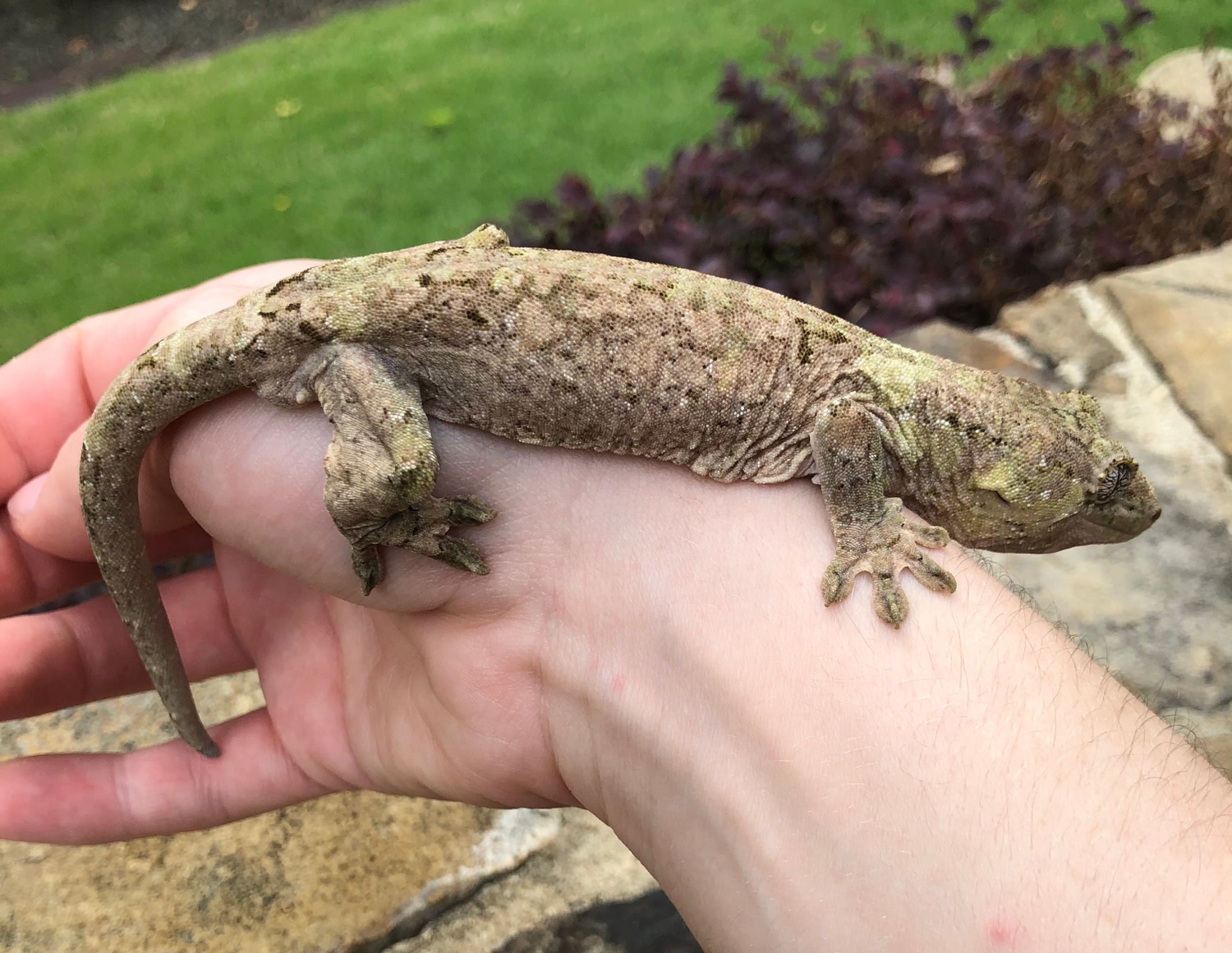Normal
Type: Other
Aliases: Wild, Classic, Chewie
Issues: N/A
First Produced In: 1980s
Availability: Rarest
Last Updated: 2022-01-06
Do you have any suggestions or corrections for this article?
Click here to contribute feedback
About
Sexual dimorphism and dichromatism appear to occur in the species and there is a pronounced ontogenetic shift in color pattern.
The undamaged tails of hatchlings exhibit specialized subcaudal scales similar to those previously noted in R. leachianus. Taillessness in adults is the result of trauma to the last pygal vertebra.
Although uncommon, R. chahoua is widely distributed in several habitat types in New Caledonia. Captive specimens feed on both insects and fruit. Courtship behavior in the species is similar to that of Hoplodactylus maculatus.
History
Aaron M. Bauer - Notes on the taxonomy, morphology and behavior of Rhacodactylus chahoua (Bavay) (Reptilia: Gekkonidae),1985:
"Arthur Bavay (1869) described Platydactylus chahoua from a single specimen presented to him during his visit to New Caledonia in the mid-1860`s. The specimen was described in some detail and the locality cited as “Kanala, Lifou” Sauvage (1878), based solely on this published description, synonomized Rhacodactylus trachyrhynchus Bocage 1873 with P. chahoua.
Boulenger (1879) initially accepted this taxonomic shuffling and added a species he had described, Chameleonurus trachycepahalus Boulenger 1878, to the synonomy. He later repented when he became aware that Sauvage had not examined the type specimes about which he had written. As a result, Boulenger (1883) resurrected Rhacodactylus trachyrhynchus, maintaining the precedence of the generic name first proposed by Fitzinger (1843) for a subgenus of Hoplodactylus to accomodate Platydactylus leachianus Cuvier. Also included in Boulenger’s (1883) Rhacodactylus were the three additional species of New Caledonian giant forest geckos, Correlophus ciliatus Guichenot 1866, and the two forms named by Bavay (1869), Platydactylus auriculatus and P. chahoua. Boulenger (1883, 1885) reported the presence and number of pre-anal pores on the type specimen of R. chahoua, indicating that the animal was an adult male. The earlier description by Bavay (1869) had explicitly stated that there were no pores in the cloacal or femoral regions.
The site of disposition of this specimen is greatly confounded and subsequent workers have added to the confusion. Apparently Bavay and Boulenger were the only workers actually to view the holotype. Although Boulenger (1883) clearly indicated that he received the specimen on loan from Bavay, his later work
(Boulenger, 1885) does not mention the origin of the animal. By convention, this omission of the name of the repository in the Catalogue of Lizards would indicate that the specimen examined was housed in the British Museum. Sauvage (1878) had previously confused the repository of the specimen, stating "lunique
exemplaire que possede le Museum [Paris?] a donne par le Musee des Colonies.
Roux was the next herpetologist to visit New Caledonia (1911 -1912) and to search for Rhacodactylus (Roux, 1913; Sarasin, 1917). He reports (1913) that R. chahoua was not encountered during his tenure on the island. Roux was unable to locate the holotype in the collection of the Musee de P’Ecole de Medecine
Navale in Brest, where Bavay claimed to have deposited his New Caledonian specimens (see Roux, 1913: p. 97). Subsequent attempts by Dr. Allen Greer (Australian Museum, Sidney) and by me have failed to locate any of Bavay’s skink or gecko material. Thus the holotypes of both Rhacodactylus chahoua and R. auriculatus are assumed to have been lost sometime between 1883 and 1913.
Roux also noted that Bavay’s locality for R. chahoua (‘Kanala, Lifou") was in error. Kanala (Canala) is a village that lies on the east central coast of the main island of New Caledonia, while Lifou is the name of the largest of the Loyalty Islands, dependencies of New Caledonia lying approximately 100 km to the east. Since neither Roux nor any other previous workers had ever encoutered Rhacodactylus anywhere except on the "Grande Terre’’ or the much nearer ile des Pins (see Boulenger, 1878 for this doubtful record), Roux dismissed Bavay’s designation of Lifou, retaining Canala as the probable type locality. Bavay, an aged man in 1913, wrote to Roux that the specimen had been presented to him but that he could not be sure whether or not Lifou was its actual origin.
Rhacodactylus chahoua next was mentioned by Mertens (1964a) who possessed a single specimen (Natur-Museum Senckenberg [SMF] 61779) from Coula, approximately 55 km NW of Canala, in the middle of the island. Since 1964, a number of additional specimens have been collected, primarily those captured by Meier and by me; an additional specimen collected in 1925 (and later identified as R. chahoua) is housed in the Naturhistorisches Museum, Basel (NHMB 9702). To my knowledge, the number of specimens in museum collections now stands at three adult males, two adult females, five hatchlings, and two eggs. In addition there are at least ten living specimens of R. chahoua in the collections of zoological parks and private terrarium keepers. Included among the adult museum specimens is a pair that I collected on 6 April, 1984 in the Vallee d’Amoa, near St. Therese, approximately 15 km NW of Poindimie on the northeast coast of New Caledonia. As the type specimen of the taxon is apparently lost, I take this opportunity to designate the male of the pair (California Academy of Sciences [CAS] 156692) as the neotype of Rhacodactylus chahoua."
Appearance
Head
Body
A complex mottling of chestnut brown and grey-green, with an incomplete reticulate network of chocolate brown over most of the dorsal surface; white flecks bordering reticulations in some areas, particularly on limbs; an irregular greenish patch resembling lichen on nape and shoulders; a series of eight thick sets of alternating cream and brown bands between axilla and groin at ventro-lateral margin of dorsal surface.
Belly
Venter cream, greenish at the level of the limb girdles, blending to pale orange at the level of the preanal pores, pale green from cloaca posteriorly.
Most of venter speckled with single scales or small groups of scales with brown or black pigment, yielding a faded pattern of thin cross-bars; chin scales mottled as are labials.
Tail
The tail is striated brown with white, alternating in predominance forming an irregular banded pattern.
Controversy
When chahoua were first imported and distributed into the hobby, they were just called “chahoua” and there was little to no identification of locales. Many of the first animals started floating around and breeding with no real locale-specific information.
It wasn’t until later in the 90s (1997/1996) that a group of animals came into the hobby and was said to be pure lineage from the Isle of Pines that locality came up as something people cared about. So, everything before that was anyone’s best guess or word of mouth. Even then, there was no awareness about two different species of Mniarogekko in existence, so they could have theoretically been both M. jalu and M. chahoua, or just one or the other. We don’t know how or where exactly they were collected.
Proven Lines
Related Traits
No known related traits
